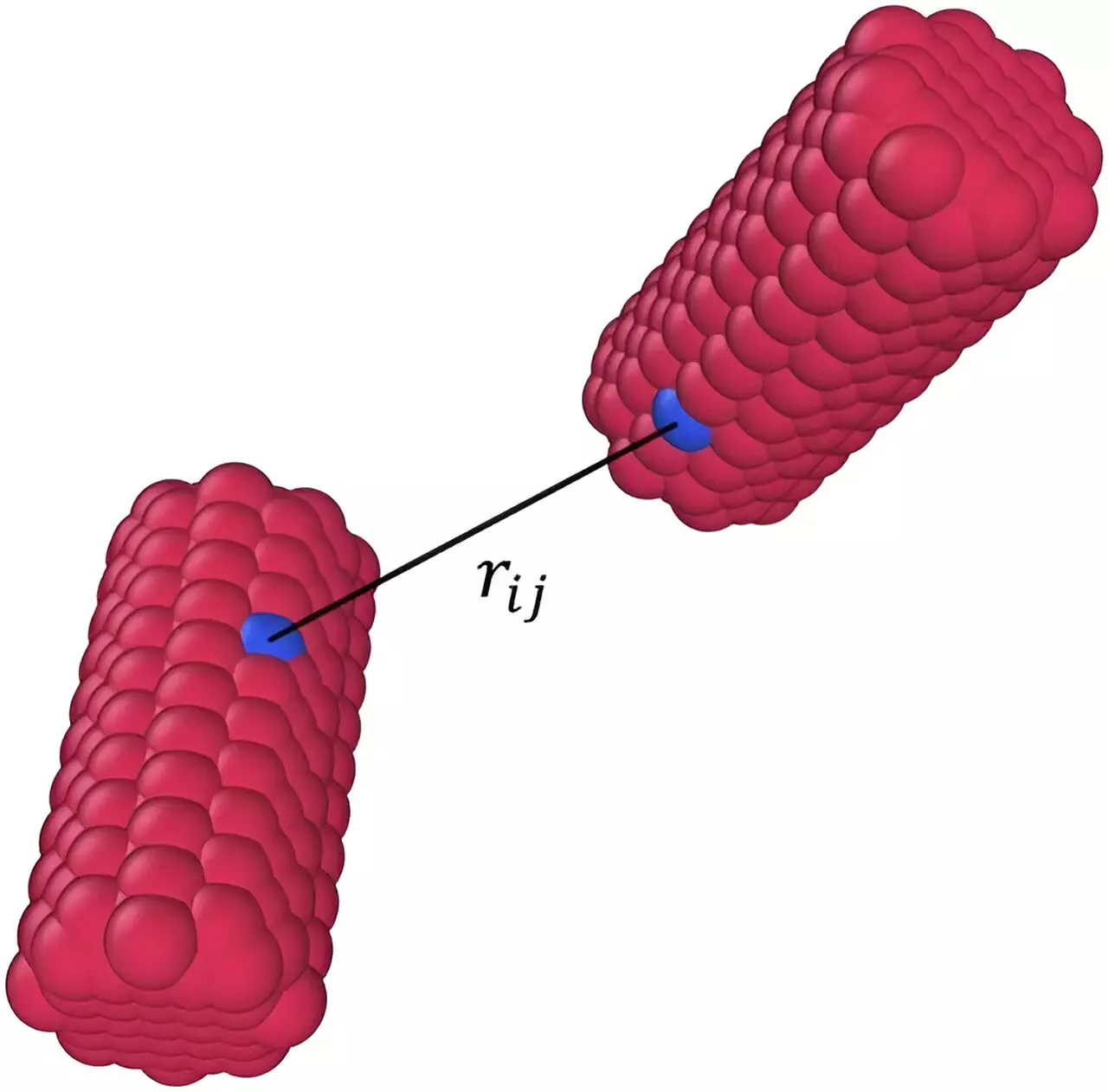The world we live in consists of particles that are not perfect spheres; rather, they take on irregular and varying shapes and sizes. The simulation of these particles poses a significant challenge, requiring a deeper understanding of how they behave. For instance, the rise of microplastics as a form of pollution has become a pressing environmental issue. These tiny particles, resulting from the decay of plastic waste, are dispersed worldwide and have detrimental effects on ecosystems. To address this crisis, researchers at the University of Illinois Urbana-Champaign have delved into training neural networks to predict interactions between irregularly shaped particles, thus accelerating molecular dynamics simulations. This breakthrough method allows for simulations to be conducted up to 23 times faster than traditional approaches, offering a feasible solution to studying particles’ behavior.
The research conducted by the team at the University of Illinois Urbana-Champaign, titled “Molecular dynamics simulations of anisotropic particles accelerated by neural-net predicted interactions,” has been published in The Journal of Chemical Physics. Professor Antonia Statt, specializing in materials science and engineering, emphasizes the importance of developing innovative methods to simulate irregularly shaped particles efficiently and cost-effectively. Unlike the straightforward simulation of spheres, simulating more complex shapes like cubes or cylinders involves not only accounting for the distance between particles but also considering angles and relative positions. Traditionally, simulating a cube required constructing it from numerous small spheres, resulting in a cumbersome and expensive process. However, by employing machine learning, particularly a feed-forward neural net, researchers can now streamline the simulation process.
Machine learning algorithms, such as neural networks, excel at fitting complex functions based on provided data. In the context of simulating irregular particles, the neural network eliminates the need to calculate individual distances between small spheres within a shape. Instead, by focusing on the center-to-center distance and relative orientation of the shape, the simulation process becomes more straightforward and rapid. This innovative approach not only accelerates simulations but also maintains the accuracy levels comparable to traditional methods. Furthermore, the potential for simulating more intricate irregular shapes and mixtures of different shapes, such as a cube and a cylinder, opens up new possibilities for advancing particle simulation techniques.
Looking ahead, Professor Statt envisions expanding the capabilities of neural network-based simulations to encompass a broader range of irregular shapes and complex mixtures. By continuing to refine the training data and algorithms, researchers aim to enhance the efficiency and versatility of particle simulations. The collaborative efforts of individuals like B. Ruşen Argun from the department of mechanical engineering and Yu Fu from the department of physics at the University of Illinois Urbana-Champaign underscore the interdisciplinary nature of this innovative research. As the field of particle simulation evolves, the integration of machine learning techniques holds immense promise for accelerating scientific discovery and addressing pressing environmental challenges.


Leave a Reply